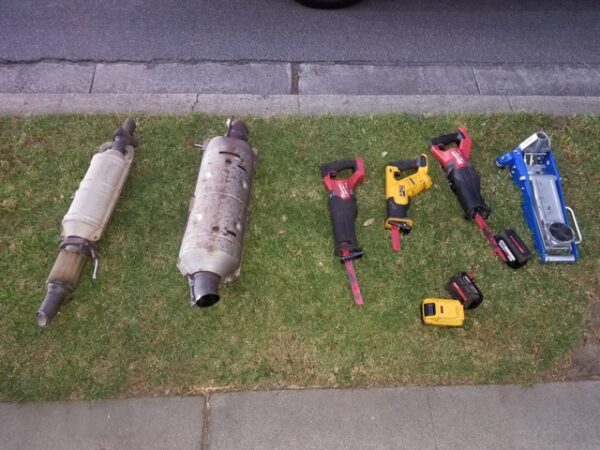Southern California and the state as a whole could see dramatic reductions in allocations of Colorado River water under proposals released Tuesday by the federal government aimed at protecting a system that provides water to 40 million people in multiple states along with critical agricultural irrigation.
The river also provides hydroelectric power to millions of customers, generated by dams at Lake Mead and Lake Powell.
But years of drought have threatened the viability of the river. A draft environmental report released Tuesday by the federal Bureau of Reclamation offered a trio of alternatives — one being maintenance of the status quo and the others altering the way Colorado River water is doled out to various states and other customers.
One of those alternatives would effectively call for an equal distribution of the river water among California, Arizona and Nevada. Such a move would hit California particularly hard, since it currently receives the largest allocation of water from the river.
The other alternative would divvy up river water based on water rights priorities, which would be less dramatic for California but would severely limit water supplies for Arizona and Nevada.
“Recognizing the severity of the worsening drought, the Biden-Harris administration is bringing every tool and every resource to bear through the President’s Investing in America agenda to protect the stability and sustainability of the Colorado River System now and into the future,” Deputy Interior Secretary Tommy Beaudreau said in a statement.
Adel Hagekhalil, general manager of the Metropolitan Water District of Southern California, which manages water deliveries for agencies that serve 19 million residents, said neither of the proposals is ideal.
“Both include significant supply cuts that would hurt Metropolitan and our partners across the basin,” Hagekhalil said in a statement.
“There is a better way to manage the river. Working together, we must develop equitable, realistic solutions that reduce reliance on the river by increasing water efficiency across agricultural and urban communities, developing new alternative supplies, and reframing the way we manage water as a basin. Fortunately, this wet winter has provided us some space to develop those solutions.”
The region’s wet winter has temporarily eased drought conditions, but the federal analysis is based on the likelihood of a return to extended dry conditions such as those that occurred in recent years, resulting in unprecedented declines in Lake Mead and Lake Powell.
Such a likelihood precipitated the report released Tuesday, highlighting the need to come up with short- and long-term solutions for the river.
“Drought conditions in the Colorado River Basin have been two decades in the making,” Bureau of Reclamation Commissioner Camille Calimlim Touton said in a statement. “To meet this moment, we must continue to work together, through a commitment to protecting the river, leading with science and a shared understanding that unprecedented conditions require new solutions.”
The draft report will be open for public comment for 45 days, with a final decision anticipated by summer. But negotiations among all stakeholders is expected to continue while the proposals undergo public review.
“While this winter has provided a temporary lifeline, by no means can it lull us into complacency,” Hagekhalil said. “Today’s release of the draft SEIS is a powerful indication of what could come if we don’t reach a consensus. We must keep working to develop a consensus short-term plan, while also collaborating to build long-term solutions that will ensure the river’s lasting sustainability.”







